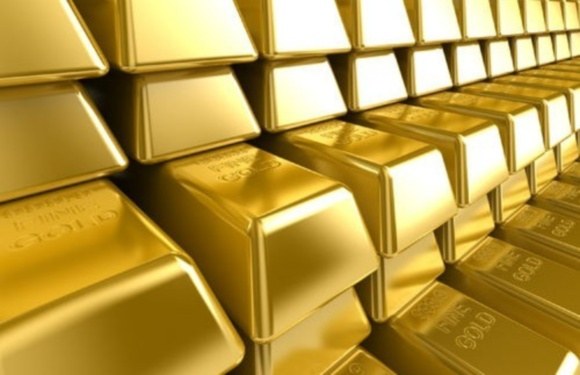You will need
- - concentrated hydrochloric acid;
- - concentrated nitric acid;
- - reaction container (flask or beaker);
- - a piece of gold (scrap jewelry, gold foil).
Instruction
1
To dissolve gold, you can use methods which are still widely used in industry for gold mining and recovery of alloys. But hold them dangerous, as used solutions of potassium cyanide and sodium cyanide are the strongest poisons. These methods are based on the formation of soluble "cyanoaurate": [Au(CN)2]-.
2
You can also carry out the reaction of gold with fluoride, but it should be carried out carefully as the reaction takes place at very high temperatures (300 to 400 degrees), and the fluorine – poisonous and extremely active substance.
3
A fairly simple and safe way - the dissolution of gold in the famous "Aqua Regia". Mix in the reaction vessel with hydrochloric and nitric acid in a weight ratio of 3:1.
4
Throw a piece of gold, watch the progress of the reaction. Relatively quickly (even at room temperature, without heating) it will start to shrink in size, until dissolved completely.
5
Why did this happen? Under the influence of nitric acid some of the chloride ions present in hydrochloric acid, turned into highly active atomic chlorine. And he reacts with gold forming a so-called. "chloraurate-ion":
2Au + 3Cl2 + 2Cl− = 2[AuCl4]−
2Au + 3Cl2 + 2Cl− = 2[AuCl4]−
6
The great scientist Niels Bohr, leaving his native Denmark in the period of Nazi occupation, dissolved the gold medal winner of the Nobel prize in Aqua Regia. Returning after the war, he singled out the gold from solution by chemical means, and it made an exact copy of the medal.
Note
Concentrated nitric and hydrochloric acids are very corrosive substances! Working with them, strictly observe the safety rules. It is better to use rubber gloves.
Useful advice
Pure gold is exceptionally malleable, in this respect, it is out of competition. It is possible to make thin plates ("gold leaf" gold). It can be pulled into thin thread, almost invisible to the naked eye. Along with this, it is indispensable in microelectronics (plated contacts, connectors, surfaces Board). But the main advantage of gold is its chemical inertness. Due to this it is used as a means of payment foreign exchange reserve.
